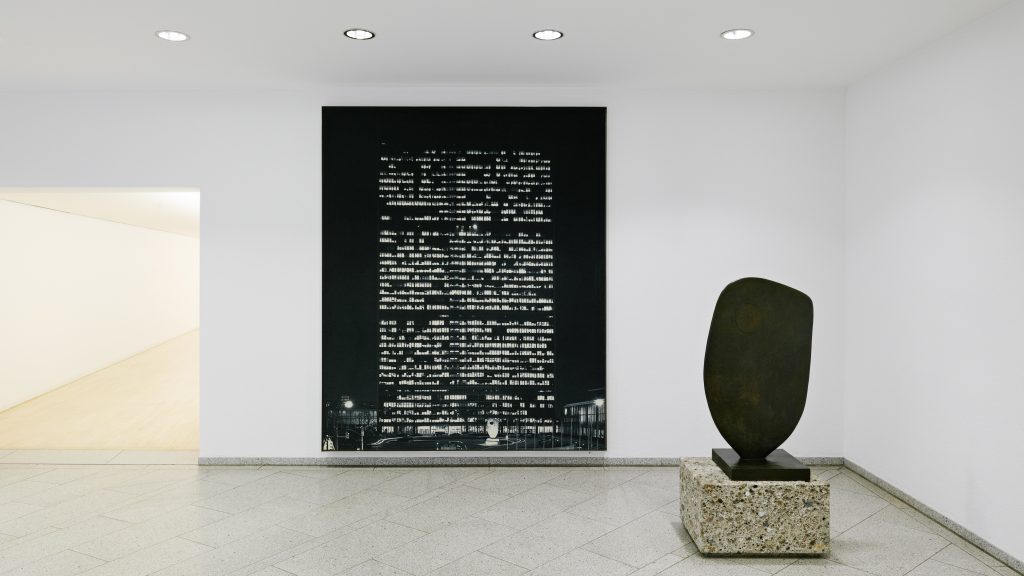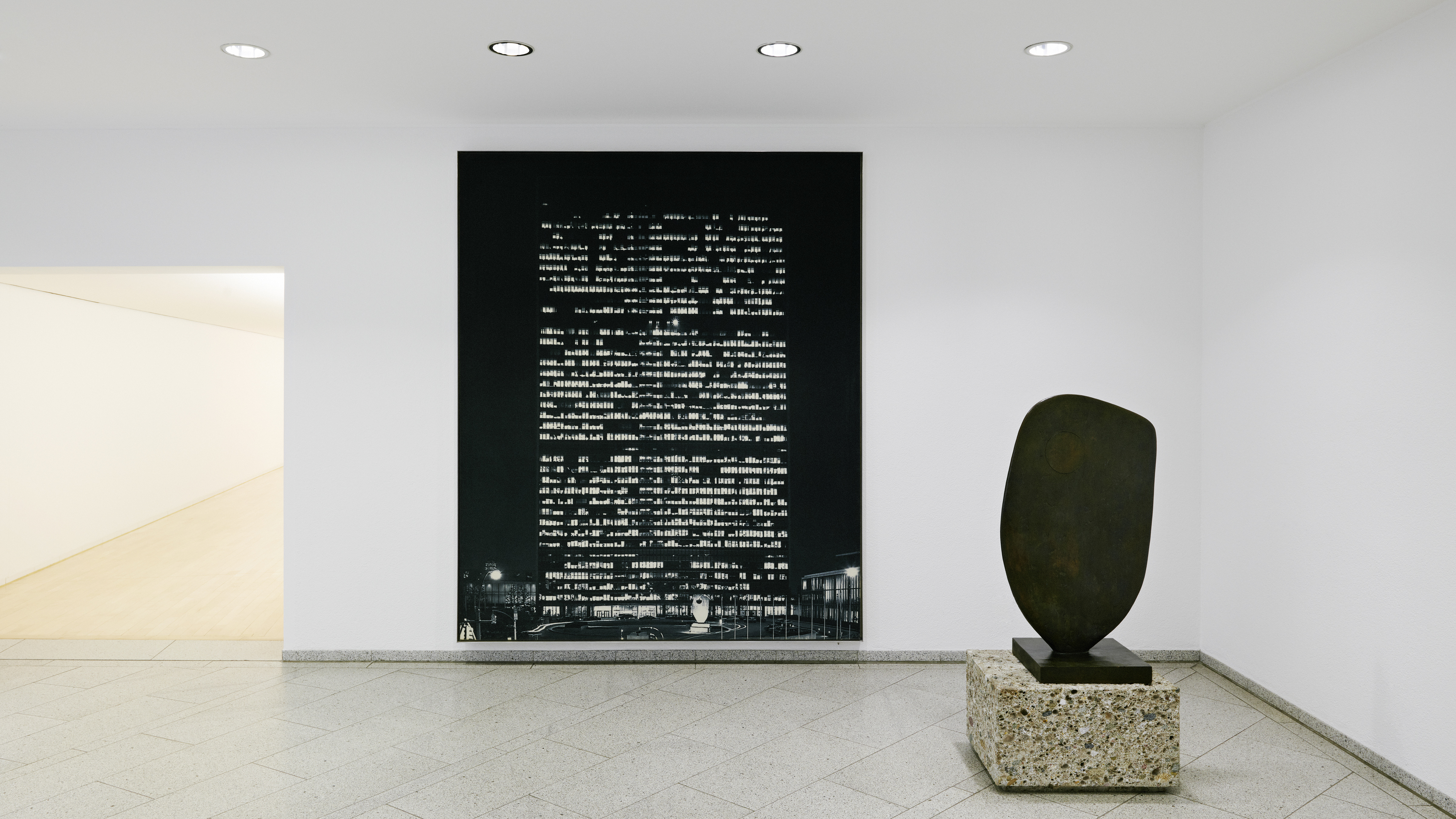
Fire Erupts in Tribeca Building Home to Two Art Galleries

**Tribeca Fire Affects Two Prominent Art Galleries: A Reflection on Damage and Recovery**
On the night of January 22, an accidental fire in Manhattan’s Tribeca neighborhood disrupted the local art scene, damaging two contemporary galleries housed in a mixed-use building at 45 White Street. While the New York City Fire Department (FDNY) acted quickly to extinguish the blaze, the incident highlights the vulnerability of art spaces and the resilience required to recover from such events.
### **The Incident: A Timeline of Events**
According to reports, the fire originated in the cellar of the seven-story building just before midnight. The FDNY responded promptly, battling the flames for approximately four hours before extinguishing them. While the fire itself did not reach the galleries directly, damage occurred during the firefighting efforts. Tragically, two firefighters sustained minor injuries while managing the situation.
The affected galleries include The Journal Gallery, owned by Michael Nevin, and Asya Geisberg Gallery. Although specific details about the extent of the damage are still emerging, Nevin indicated that the physical space of The Journal Gallery suffered harm. He added that an assessment of the artworks on-site is ongoing.
### **Impact on Tribeca’s Art Community**
Tribeca has long been a hub for contemporary art, with galleries like The Journal Gallery and Asya Geisberg Gallery attracting collectors, enthusiasts, and tourists alike. A fire at an art gallery is not just an isolated incident—it can disrupt artists’ livelihoods, delay exhibitions, and affect the broader art community.
Given that galleries often house irreplaceable works of art, fires or any form of damage raise concerns about fire safety and disaster preparedness in art spaces. These establishments play a crucial role in promoting culture and creativity, making any interference a blow not just to the businesses but also to the artists and patrons they support.
### **The Galleries’ Response to the Fire**
Michael Nevin, co-owner of The Journal Gallery, expressed relief that no one was injured beyond the minor injuries to firefighters. “There was damage to the space, but in terms of artwork, we are still assessing,” Nevin told *Hyperallergic*. He further added, “We were lucky,” referencing his initial shock upon learning about the fire. At first, he thought the news referenced another of his gallery locations in Los Angeles, which recently faced wildfires.
While the timeline for the gallery’s reopening remains unclear, Nevin is optimistic: “We look forward to being back in the space,” he said. At the time of writing, representatives from Asya Geisberg Gallery had not commented on the fire or its consequences.
### **Lessons in Disaster Preparedness**
Incidents like this serve as a sobering reminder of the importance of disaster preparedness in art spaces. Many galleries, particularly smaller ones, operate on fragile budgets, juggling tight financial margins with the responsibility of protecting valuable and often priceless inventory. Fire suppression systems, art insurance, and off-site storage for critical pieces can be the difference between recovery and total loss.
Moreover, urban art galleries face unique risks. Proximity to neighboring businesses or mixed-use facilities can expose galleries to structural vulnerabilities, such as faulty wiring or other hazards originating in shared spaces.
### **Tribeca’s Resilience**
Despite the challenges posed by this unfortunate event, the local art scene in Tribeca is no stranger to resilience. Over the years, the neighborhood has withstood economic downturns, shifting markets, and disasters like Hurricanes Sandy and Ida, which similarly disrupted operations for many galleries. The recovery process for The Journal Gallery and Asya Geisberg Gallery will likely showcase the art community’s ability to rally together in the face of adversity, whether through fundraising, community support, or collective efforts to raise awareness.
### **A Call for Support**
As the dust settles, the broader art-loving audience has a role to play. Supporting local galleries, whether through donations, memberships, or simply attending exhibitions when they reopen, can contribute to their recovery process. Independent journalism platforms like *Hyperallergic*, which spotlight stories like these, also play a pivotal role in ensuring that public awareness helps sustain these cultural hubs.
### **Looking Ahead**
Nevin’s words—“It’s been this very strange start to the year”—echo the sentiment of many as 2024 gets underway amidst unexpected challenges. While the art world often thrives on unpredictability, incidents such as this fire remind us of the delicate equilibrium between creativity and preservation.
The ability to rebuild and rebound will not only test the resilience of The Journal Gallery and Asya Geisberg Gallery but also reinforce the importance of safety, community, and adaptability in an industry that frequently operates on passion over profit.